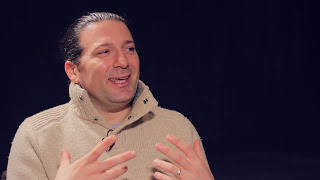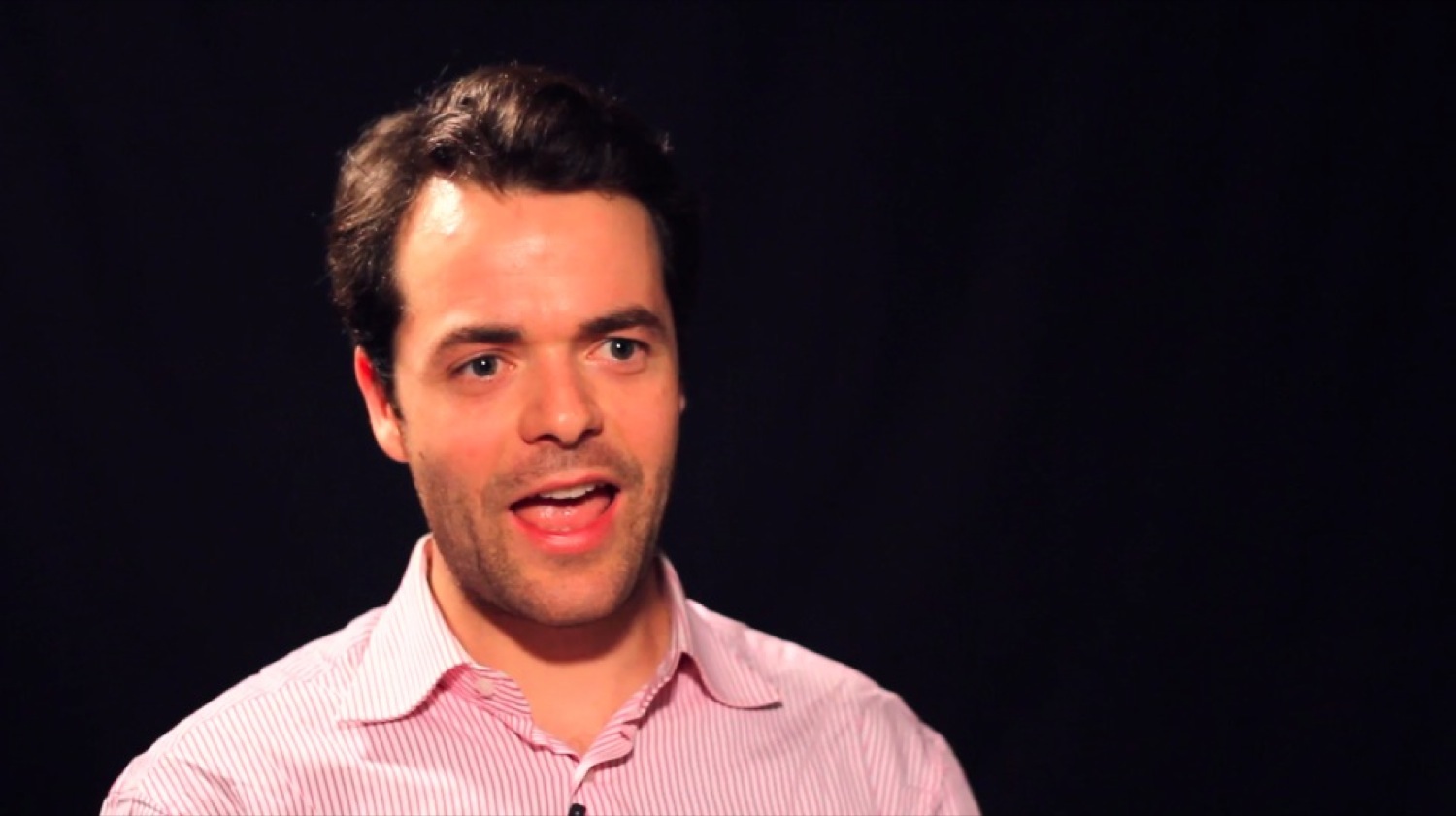In Chapter 15 of 19 in her 2012 Capture Your Flag interview, female entrepreneur Hattie Grace Elliot answers "How Do You Balance Experimentation and Commitment in the Projects That You Pursue?" Elliot notes that to be a successful entrepreneur one must be stubborn - almost delusional - yet open-minded enough to be flexible and try out new options or let old ones go at the right time.
Hattie Grace Elliot is the founder and CEO of The Grace List, a social networking company that creates destination events and experiences to forge lasting personal and professional connections across its young professional members. Elliot graduated from the University of Cape Town in South Africa, where she studied economics, philosophy, and politics.
Transcript:
Erik Michielsen: How do you balance experimentation and commitment in the projects that you pursue?
Hattie Elliot: Balancing experimentation and commitment is a balance within itself, it’s—I, by no means, am perfect at it at this point, I think though that whether it is, for instance, we’re re-tweaking the Grace List offering at the moment, and I’ve kind of had to roll with the punches, if you’re gonna be a successful entrepreneur, you have to be partly really stubborn and steadfast, like when you think something’s gonna fail, you kind of, again, have to be partly delusional and partly brilliant, and just partly stupidly, like blindly stubborn to just stick things out, but then there’s also moments when you have to realize you have to wave a white flag and call a spade a spade, and realize that something’s not working, and that’s really part of I think experimentation, really being open to what’s working and not working in the business, and experimenting, maybe with new things that could be beneficial, whether it’s new employees, or something that a lot of entrepreneurs, including myself, struggle with, trusting someone and allocating them, like letting go of some of the responsibilities, and having a business is an experiment, like it’s a work in progress, I wish, you know, it’s not for people who thrive off of stability, it’s not—I mean, ultimately, you strive for that, but the journey along the way is never that. It’s full of—there’s plenty of glorious potholes, bumps, meteorites, like everything you can imagine, like a cow thrown in there through a tornado, whatever crazy images that your head conjures up, like that is the story of the journey to being an entrepreneur but it’s always laughable and like, you know, what can you do but laugh? It’s kind of hilarious, like there’s never a dull moment.
However, you know, it’s really important not to have ego, it’s important to, you know, know when to stay strong, and when to, you know, to stand your ground, and you know, when to own something, even when you kind of have to fake it before you make it, like those moments, and also when there’s moments that you have to let something go, you know, where you just have to let it go, and—it sounds simple but it just—let it go. Because we hold onto so much, you know, with our businesses. We thought that, you know, the business is gonna go this way and this was our goal, or, we were really, you know, gung ho on the name of this new product, but guess what? Consumers aren’t being perceptive to it, so maybe we have to, you know, reevaluate it.
So it’s—it’s, you know, making things less personal, and a lot of that just hap—you know, experimenting as part of that process, but it’s really what ultimately I believe really leads to success. Something just sticks, you know what I mean? When you trying out a bunch of different options within your company, if you didn’t experiment, you would never know that.




















